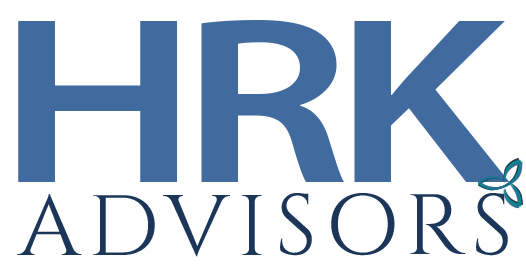Washington State Long-Term Care Tax Trust Act
Are you prepared for the upcoming Washington State Long-Term Care Tax Trust Act? This new law mandates a tax on employee’s wages ($0.58 on every $100 of wages ) to pay for long-term care benefits for Washington residents. This tax is fully paid by the employee.
The tax/premium collections will start January 1, 2022. Those who plan to retire in the next 10 years will have to pay premiums, but may never qualify for the benefit. And there is a very short period of time to opt-out, for those of you who wish to do so.
Washington State Long-Term Care Tax Opt Out
The legislation provides a one-time window to opt out of this tax and waive the right to receive benefits under the public long-term care program by demonstrating that you have obtained qualifying private long-term care insurance before November 1, 2021.
An employee who attests they purchased long-term care insurance before November 1, 2021, may apply for an exemption from the premium assessment. The employment security department must accept applications for exemptions only from October 1, 2021, through December 31, 2022.
What Is The Washington Long-Term Care Program?
The Washington Long-Term Care Program is the nation’s first public state-operated long term care insurance program. The Program will be funded with a .0058 (0.58 percent) payroll tax on all employee wages, beginning January 1, 2022.
Employers must collect this assessment through after-tax payroll contributions and remit those premiums to the Washington State Employment Security Department (ESD). Employers are not required to contribute to the Program, but they must remit the employee-paid taxes.
Is there a Cap on the Amount of Taxed Wages?
Unlike other state insurance programs, there is no cap on wages. All wages and other compensation, including stock-based compensation, bonuses, paid time off, and severance pay, are subject to the tax. For example, an employee with wages of $75,000 will pay $435 toward the Program each year while an employee with wages of $300,000 will pay $1,740 yearly toward the Program.
Who is Subject to This Tax?
All employees in Washington must pay taxes into the Program. The exceptions are self-employed individuals, employees of a federally recognized tribe, certain collectively bargained employees, and employees who qualify for an exemption (see below).
The Program says an employee is treated as employed in Washington if the employee’s service is localized in Washington or, if the service is not localized in any state, the employee performs some services in Washington and the services are directed or controlled from Washington. This definition is like the Washington Paid Family and Medical Leave Program.
Who Is Eligible to Receive Benefits?
Benefits are limited to Washington residents who have paid premiums under the Program for either:
A total of 10 years without interruption of five or more consecutive years; or
Three years within the last six years from the date the application for benefits is made. Also, to qualify, an employee must have worked at least 500 hours during each of the 10 years or each of three years, as applicable.
From a practical standpoint, this means that employees who plan to retire in the next 10 years have to pay premiums, but may never qualify for the benefits.
What Benefits are Provided Under the Program?
Benefits under the Program will become available January 1, 2025. If eligible, and if the Department of Social and Health Services determines that an individual needs help with at least Three Activities of Daily Living, the Program pays benefits up to $100 day, with a lifetime limit of $36,500.
Can Employees Opt Out of the Program?
Yes, an employee may opt out of the Program and its taxes and benefits if:
The employee is 18 years old or older on the date he or she applies for the exemption, and
The employee attests that he or she has other long-term care insurance.
To opt out, the employee must provide identification to verify his or her age and must apply for exemption with ESD between October 1, 2021, and December 31, 2022. If approved, an employee’s exemption will be effective for the quarter immediately following approval. Once an employee opts out, the employee cannot opt back into the Program. The opt-out is permanent.
Is there a Deadline to Opt Out?
An employee who attests that the employee has long-term care insurance purchased before November 1, 2021, may apply for an exemption from the premium assessment. This puts employees on notice that they have a very short window to buy long-term care insurance.
How does an Employee Opt Out?
After an employee’s application for exemption is processed and approved, he or she will receive an approval letter from ESD. The employee must provide this approval letter to his or her employer. Employers must maintain copies of any approval letters received.
If an exempt employee fails to provide the approval letter to their employer, the employer must collect and remit premiums beginning January 1, 2022. An employee is not entitled to a refund of any premiums collected before the employee’s exemption took effect or before the employee provided the approval letter to their employer.
Can Benefits be Used Outside of Washington State?
Because benefits are limited to Washington residents, employees who move out of state will not be eligible to receive benefits under the Program. Employees who maintain a second home will want to consider which location will be their permanent residence.
